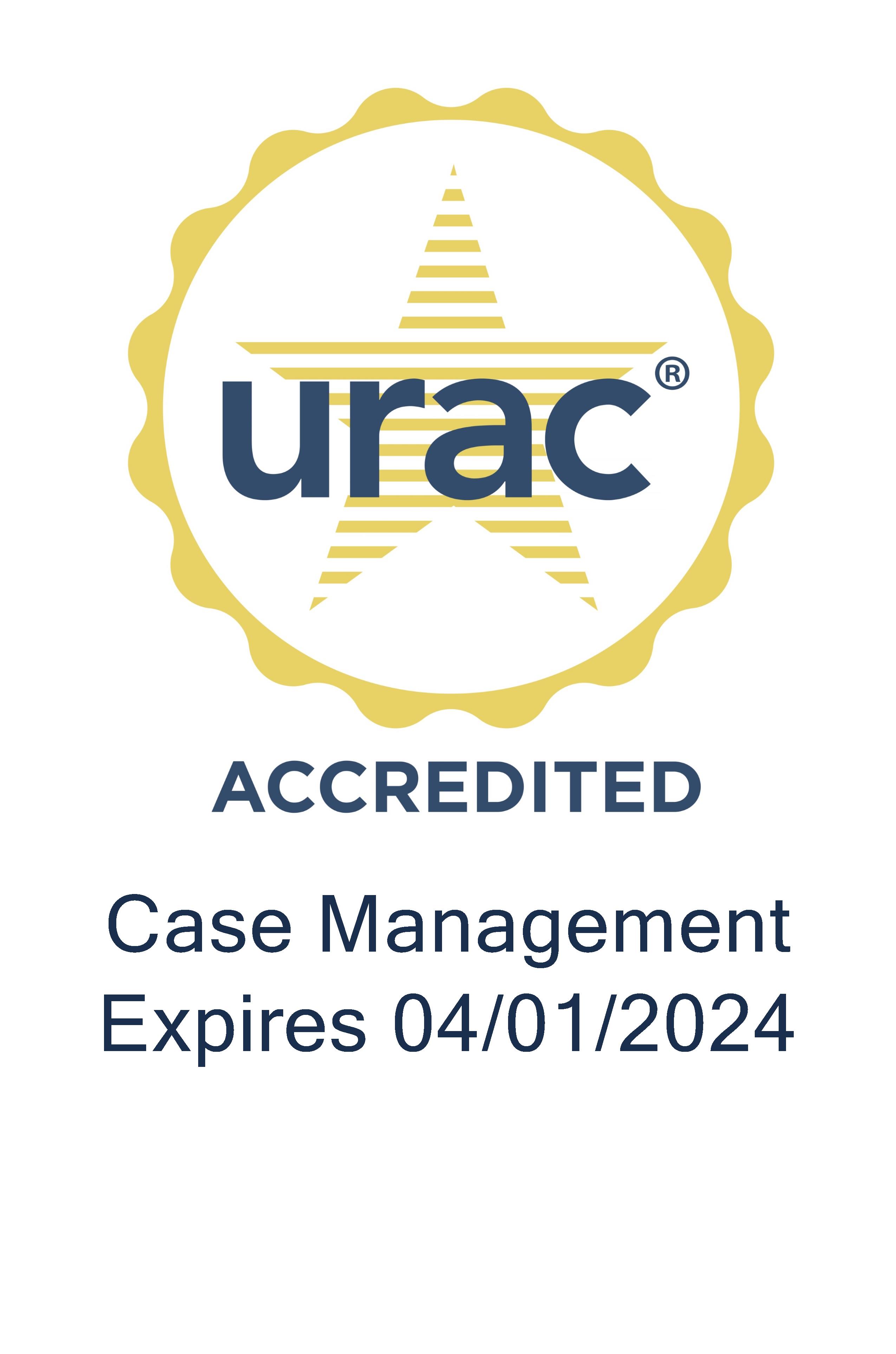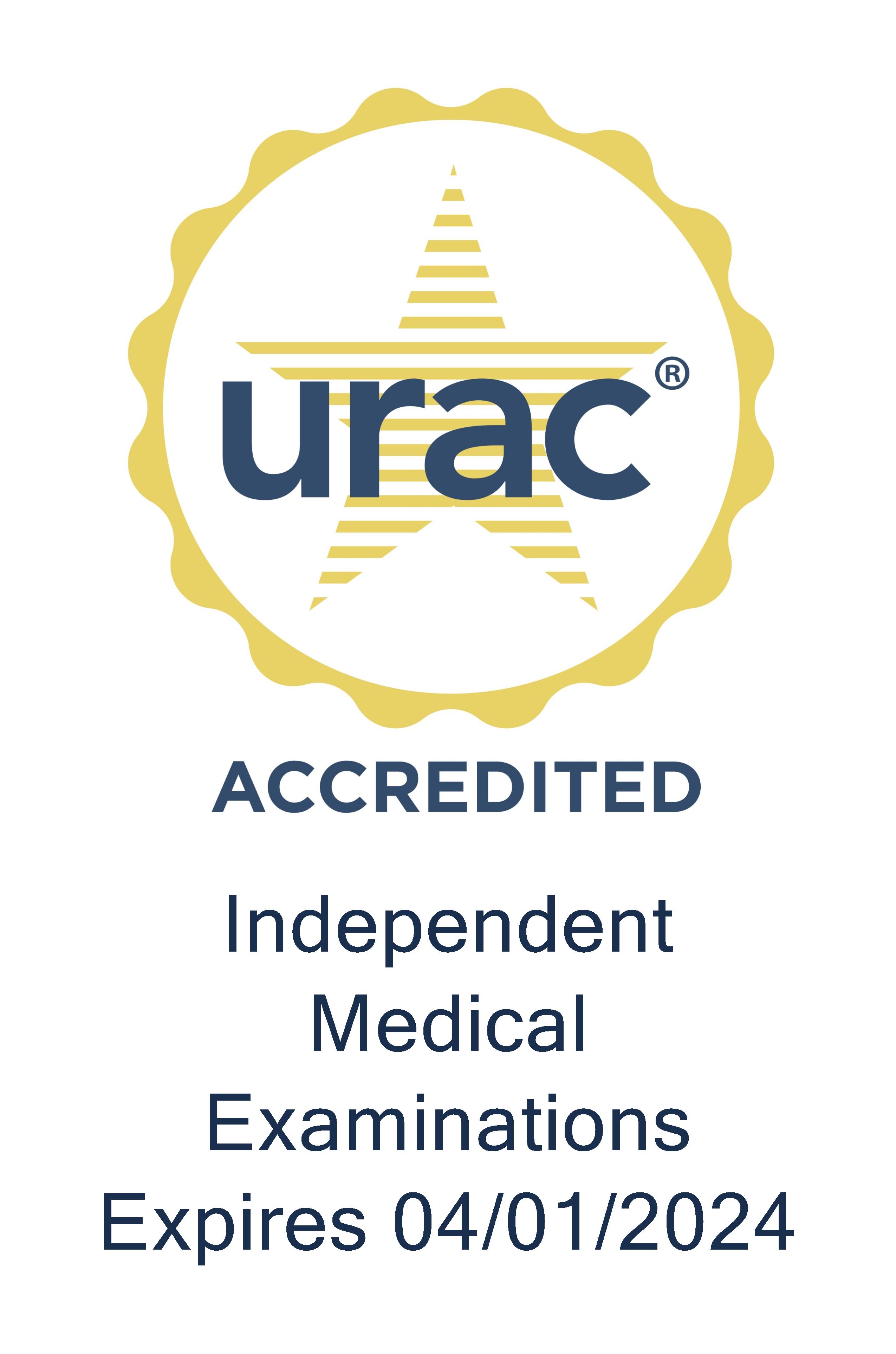Keep current with new legislation and its potential effect on your organization. This regulatory update is for informational purposes only, and provides some key highlights on state initiatives that may impact the services Genex provides.
National
Researchers from the International Association of Industrial Accident Boards and Commissions (IAIABC) issued a new report which includes analysis of workers’ compensation protections in employee benefit plans allowed under Oklahoma’s alternative plans. Understanding the Opt-Out Alternative examines the issue in-depth, addressing key assertions of opt-out proponents to provide a framework and fact-based analysis designed to guide the continuing public policy debate.
New guidelines from the American Academy of Orthopedic Surgeons on the treatment of carpal tunnel syndrome do not recommend the routine use of magnetic resonance imaging, or MRI, for diagnosis. In addition, the guidelines state that thenar atrophy, or diminished thumb muscle mass, is associated with carpal tunnel syndrome; however, a lack of thenar atrophy is not enough to rule out the disorder, researchers said. Carpal tunnel syndrome is a common source of hand numbness and pain affecting approximately 3 million Americans — primarily women — each year.
On May 26, the FDA announced the first implantable buprenorphine medication for maintenance treatment of opioid dependence in patients who have achieved and sustained prolonged clinical stability on low-to-moderate doses of a transmucosal buprenorphine-containing product.
The FDA also has released draft guidance to clarify its regulations involving compounded drugs, rules that were developed to prevent situations similar to a 2012 meningitis outbreak, when tainted drugs killed more than 60 people. The draft guidance sheds more light on the FDA’s limitations for compounding pharmacies, which aren’t subject to manufacturing regulations. Under the draft guidance, pharmacies are restricted to compounding drugs when they’ve received a prescription for an identified individual patient, but may produce a 30-day supply. A pharmacist may compound a drug before receipt of a prescription for an identified individual patient in anticipation of receiving a prescription, based on knowledge of what prescriptions the pharmacist has historically been asked to fill. The FDA’s theory is that if compounded drugs are produced in small batches, the harm from a contaminated batch would be limited. The FDA has opened a public review period for the draft guidance, which runs through July 18.
The U.S. Drug Enforcement Administration (DEA) is currently deciding whether to change the federal status of marijuana, now classified as a Schedule 1 drug, by July. Organizations including the American Medical Association and the American Academy of Pediatrics have asked the agency to reschedule marijuana. According to the DEA, Schedule 1 drugs, which include heroin and LSD, are considered the most dangerous, with potentially severe psychological or physical dependence, and “no currently accepted medical use.”
According to a new analysis by Mitchell International the Medical Price Index (MPI) shows a price surge for ER Services, Evaluation and Management. Average prices charged for medical services commonly used in workers’ compensation claims climbed 9.1 percent from 2006 through 2015, with emergency room services showing a much more dramatic price increase of 52.7 percent over that period. Another large price increase was seen for patient evaluation and management, which rose 28.7 percent from 2006 through 2015. The MPI data is contained in the latest edition of Mitchell’s Industry Trends Report.
A recent study from the Journal of Occupational and Environmental Medicine confirms treatment guidelines improve outcomes. In studying workers’ compensation claims, the authors found that when practitioners adhered to evidence-based guidelines they reported shorter claim duration and lower medical costs than claims in which treatment guidelines weren’t followed as closely.
The National Safety Council recently released survey results showing 99 percent of doctors are prescribing highly addictive opioid medicines for longer than the three-day period recommended by the CDC. Additionally, 74 percent of doctors incorrectly believe morphine and oxycodone, both opioids, are the most effective ways to treat pain.
Six U.S. senators introduced the Budgeting for Opioid Addiction Treatment Act, or LifeBOAT bill on May 23. This bill would tax prescription opioids at a rate of 1 cent per milligram of active ingredient. The bill is expected to generate $1.5 billion to $2 billion a year and much of that could come from workers’ comp payers. For more info go to:
According to a WorkCompWire article on trends in pharmacy costs, a tube of Voltaren Gel (diclofenac), a commonly prescribed topical non-steroidal anti-inflammatory drug (NSAID), will cost a payer $60. Yet when it is packaged together with antibacterial wipes, its list price may be about nine times this cost, at $500. Convenience packs, or “co-packs” are not a new concept in workers’ comp. However, there has been a significant uptick in these combination packs or kits as they relate to topical analgesics. Examples of currently available topical packs and kits:
- DermaSilk DicloPak – Diclofenac tablets + Capsaicin cream ($3,600)
- Napro Pak – Naproxen tablets + Menthol patches ($2,000)
- DS Prep Pak – Diclofenac gel + Cleansing wipes ($500)
While packs and kits do not reflect a large percentage of transactions, they are among a group multiple cost drivers that are collectively contributing to overall increases in pharmacy claims costs. To read more on other trending medical cost drivers in workers’ comp here.
According to a recent report from Express Scripts, specialty medications represent less than 1 percent of all meds used by injured workers. However, rapidly rising prices are a major concern. Spending on specialty meds increased 49.5 percent in 2015, with the average cost per prescription reaching $1,799.02 – nearly 10 times that of a typical traditional medication. Antiviral medications to treat hepatitis C and HIV were primary drivers of the annual increase in overall specialty drug spending. Spending in the antiviral class increased 85.1 percent, heavily influenced by a 66.7 percent increase in cost per prescription.
Statewide
ARIZONA
Gov. Ducey recently signed SB123 which requires medical providers who prescribe opioids to first check with the state's prescription drug monitoring program database. The new law will require medical providers, beginning Oct. 2017, to obtain a patient utilization report from the state's Controlled Substances Prescription Monitoring Program before prescribing an opioid analgesic or benzodiazepine controlled substance listed in the Drug Enforcement Agency's Schedule II, III or IV. Physicians will not be required to check the database when prescribing drugs to patients with cancer, in hospice care or in an inpatient treatment setting.
CALIFORNIA
According to a recent California Workers’ Compensation Research Institute (CWCI) report, the $12.3 billion in direct written premium recorded by workers’ compensation carriers in 2015 represents a 10-year high. After dropping from a record-high of $16.1 billion in 2004 to $6.9 billion in 2009, total premium increased by 78 percent over the last six years.
WATCHLIST: AB 1244 would allow the CA DWC to suspend doctors convicted of fraud. The bill would require the administrative director for the Department of Health Care Services to notify the DWC when a provider is suspended from participating in California’s Medicaid system. Upon receiving that notice, the DWC “shall promptly suspend the physician or practitioner from participating in the workers’ compensation system in any capacity, including, but not limited to, participation as a qualified medical examiner, a treating provider in a medical provider network, or a medical provider network independent medical reviewer.”
Also in California, Senate Bill 482 would require doctors to check the Controlled Substance Utilization Review and Evaluation System, or CURES, at least 24 hours before prescribing a Schedule II, III or IV controlled substance to a patient for the first time. The bill would also require checking a patient’s prescription history through CURES at least annually when continuing use of a controlled substance.
FLORIDA
HB 307 was signed into law on March 25 and expands medical marijuana use for terminal patients under the “Right to Try Act.” The bill extends non-smokable, non-euphoric medical marijuana use to patients with seizure disorders such as intractable epilepsy and cancer with one year left to live. While this bill does not seem to have an immediate impact on workers’ comp, it is an example of the growing acceptance of medical marijuana.
In April, the Florida Supreme Court made a major decision affecting the state's comp system by declaring the statutory caps on claimants' attorney fees to be a facial violation of an injured worker's due process rights. Under Florida law, a claimant attorney is entitled to a fee equal to 20 percent of the first $5,000 in benefits secured for a client, 15 percent of the next $5,000 secured and 10 percent of any amount secured in excess of $10,000. The statute makes no allowances for any variance from these amounts.
WATCHLIST: The Florida Division of Workers’ Compensation has proposed changes to its reimbursement rules to give the agency less of a role in deciding disputes between health care providers and insurance carriers. The new rules would only apply to provider-insurer disputes only and not directly to workers' compensation claims.
ILLINOIS
Officials are being taken to task by the Illinois Policy Institute, an independent research and education organization, which is challenging the state’s lack of effort to combat the prescription opioid abuse epidemic. According to the Institute, “Illinois allows doctors to sell the drugs they prescribe directly to patients at significant mark-ups of 60 to 300 percent. As such, doctors prescribe three times the number of medications, and 3.2 times the number of opioids as without the incentives.”
LOUISIANA
Gov. Edwards recently signed SB 266 which will require licensing for workers’ compensation claim adjusters, a step that could bring more consistency to licensing requirements across the U.S. The law will take effect Aug. 1, 2017.
MARYLAND
A bill authorizing workers' compensation carriers to offer premium discounts of up to 4 percent to employers that enact alcohol- and drug-free workplace policies was recently signed into law. SB 505 becomes effective Oct. 1.
NEW YORK
The Empire State will soon release a medical portal as part of the Business Process Re-engineering Program designed to modernize the New York State Workers’ Compensation Board. The portal is designed to help health care providers submit medical authorization and variance requests electronically to payers. The goal is to change the board’s role in protecting the rights of injured workers, improve and increase the availability of health care, and use new technology to streamline the agency.
Also, Gov. Cuomo recently signed Assembly Bill 10727 designed to limit initial opioid prescriptions to a seven-day supply, compared to the 30 days allowed under current law (painkillers prescribed to treat chronic pain, cancer and for palliative care would be exempt from the limitation).
NORTH DAKOTA
North Dakota Workforce Safety & Insurance (WSI), has adopted a new policy that governs the management of opioids prescribed to claimants for longer than 90 days. WSI adopted its “chronic opioid therapy" medical policy as part of legislation passed by state lawmakers in 2015, which authorized the state’s monopoly insurer to request random drug testing for the purpose of monitoring and determining ongoing coverage of chronic opioid therapy. The carrier's treatment guidelines prohibit reimbursement for opioids past 90 days from claim initiation unless the regimen has successfully increased function, enabled the claimant to resume working and improved pain control without debilitating side effects.
OHIO
The Ohio Bureau of Workers’ Compensation board of directors recently approved a new prescribing rule designed to block reimbursement for opioid prescriptions written by physicians who fail to use best medical practices. The proposed change to Ohio Administrative Regulations 4123-6-02.7, 4123-6-21.2 and 4123-6-22 would apply to claims with a date of injury on or after Sept.1 and for all claims on or after Jan. 1, 2017. The rule must be approved by the Ohio General Assembly’s Joint Committee on Agency Rule Review. If approved there, it becomes effective Oct. 1. For more info go to:
PENNSYLVANIA
STATEWATCH: HB 1141, introduced to the Pennsylvania legislature, would stop third parties from applying discounts to physician fees without their knowledge, eliminating so-called “silent PPOs.” The bill, introduced at the request of the Pennsylvania Orthopaedic Society, would amend the Pennsylvania Workers’ Compensation Act by: requiring insurers to accept electronic billing by Jan. 1, 2017, reducing the costs and increasing the efficiency of workers’ compensation claims; imposing fines on insurers that don’t pay claims within 30 days of receipt; and prohibiting insurers and their agents from “using threats or coercion in their solicitations for discounted reimbursements.”
The Pennsylvania legislature is also considering House Bill 1800, a proposal to adopt “nationally recognized,” evidence-based medical treatment guidelines in workers’ compensation. The bill has faced opposition from those who say the guidelines are a one-size-fits-all approach to treatment. The bill stalled with the Labor & Industry Committee following a March 17 hearing.
TENNESSEE
A recently signed bill will require case managers and case manager assistants to become certified by the Bureau of Workers' Compensation. SB 1880 also grants the bureau authority to establish minimum standards for professional practice, and adopt procedures for case managers and assistants to receive certification. The new rules will be presented to state legislature’s Joint Government Operations Committee on July 20. If approved the rules become effective Aug. 29.
Also, SB 1758 was signed into law on April 21 and became effective July 1. It will allow penalties to be assessed on workers’ compensation payers when certain requirements relative to PPOs are not followed.
WATCHLIST: Physicians listed on Tennessee’s Medical Impairment Rating Registry will see a 50 percent increase in fees starting in September if the state Joint Government Operations Committee approves new rules as expected on Aug. 17. Doctors who submit reports after 60 days won’t be paid.
TEXAS
The Texas Division of Workers’ Compensation has finalized how it will conduct an audit of physicians who prescribe compound medications. The final audit procedure comes after DWC gathered input on the process from participants in the workers’ comp system in late March.
According to an insurers' trade group report posted by WorkCompCentral, Texas employers who don't subscribe to the state's workers' compensation system shift an estimated $400 million to $600 million in medical costs onto private insurers and public assistance programs each year. The Property Casualty Insurers Association of America report suggests a cause-and-effect relationship between two of the past year’s most discussed issues in workers’ compensation reform: cost-shifting and opt-out legislation.






